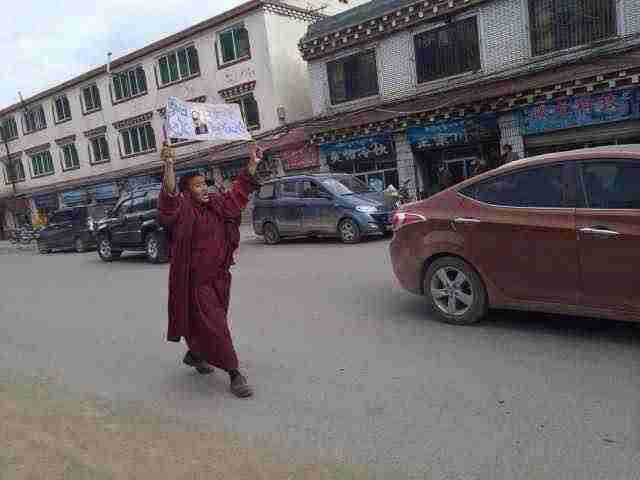Tibetan government-in-exile has unique economic model
Peter Hadekel, Montreal Gazette|November 26, 2014
Most political leaders would say that running the economy ranks as one of their biggest tasks.
But what if the people they govern are displaced in another country? How do you have an economy at all?
That’s the challenge facing Lobsang Sangay, the 46-year-old political leader of the Central Tibetan Administration.
The CTA is the government-in-exile representing 150,000 Tibetans who live in settlements in India set up after they or their families escaped from Chinese-controlled Tibet.
Sangay, a Harvard-trained lawyer, was on a brief tour of Canada this week and gave a public talk in Montreal. In an interview, he described the unique challenge facing Tibetan authorities as they try to provide a future for tens of thousands of people cut off from their homeland.
Why they leave Tibet is clear. Under Chinese rule, 6 million Tibetans are victims of linguistic, cultural and religious repression along with social and economic marginalization.
Chanting a pro-Tibet slogan or holding up a photograph of the revered spiritual leader the Dalai Lama can be grounds for years of imprisonment and torture.
But looking for a better life in India hasn’t been an easy task for those who make the perilous escape across Himalayan mountain passes.
And while a big part of Sangay’s job has been to lobby governments around the world on behalf of Tibetan autonomy, he devotes most of his time to economic issues in the exile communities in India.
“We have to take care of all the schools, hospitals and settlements, all the (Buddhist) monasteries and nunneries. Education is our No. 1 priority,” he said.
“We run about 70 schools from primary to middle to high school. There are 260 monasteries and nunneries in the 40-some Tibetan settlements.”
The CTA, based in the Indian Himalayan town of Dharamsala, has a unique economic model. Its main sources of revenue are donations from individuals and philanthropic organizations around the globe while Tibetans outside China also contribute through a “voluntary freedom tax.”
Some governments provide humanitarian assistance out of their foreign aid budgets but Sangay has to run a pretty tight ship. The annual operating budget is around $30 million — “less than the annual budgets of some embassies in Delhi,” he jokes.
That amount looks after all the settlements and a dozen political offices around the world. Most of those in India still live in the settlements but many are moving into the cities to look for jobs and economic opportunities as unemployment often exceeds 20 per cent.
“We are trying to teach entrepreneurship and college-level business (skills),” he says. The government provides scholarships to college and offers vocational training, computer instruction, communication and leadership training, advice on how to face interviews and career counselling.
The survival of the language and culture is tied to their economic future. Smaller settlements are already closing down. If young people continue to leave, that poses a real threat, Sangay concedes.
It’s a double-edged threat because across the border in China, the economic marginalization of Tibetans is getting worse.
New research by economist Andrew Fischer at the International Institute of Social Studies at The Hague shows that despite massive state subsidies poured by China into the development of the Tibet region, Tibetans themselves have not benefited.
There is no preferential hiring and little possibility that even the best educated can work in the public sector where the quality jobs are found.
Sangay said 70 to 80 per cent of shops, restaurants and enterprises around the Tibet capital of Lhasa are owned or operated by Chinese.
Even when jobs are advertised, they come with strings attached. If they’re hired, Tibetans get paid less than ethnic Chinese. “Forty per cent of Tibetans who are high school or college graduates are unemployed.”
Sangay is raising these issues with national governments including Canada’s, even as China’s appalling human rights record takes a back seat to trade and investment opportunities.
Canadian companies doing business in Tibet need to be sensitive to human rights and environmental protection, he argued. “Stand up for the values you believe in.”
Like the Dalai Lama, he espouses a middle way: no separation from China but genuine autonomy that will protect linguistic and religious freedoms in Tibet.

